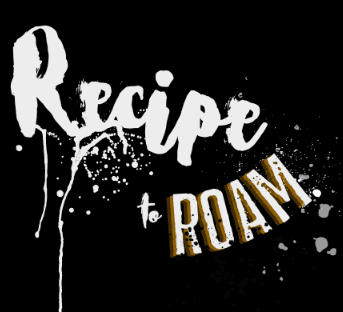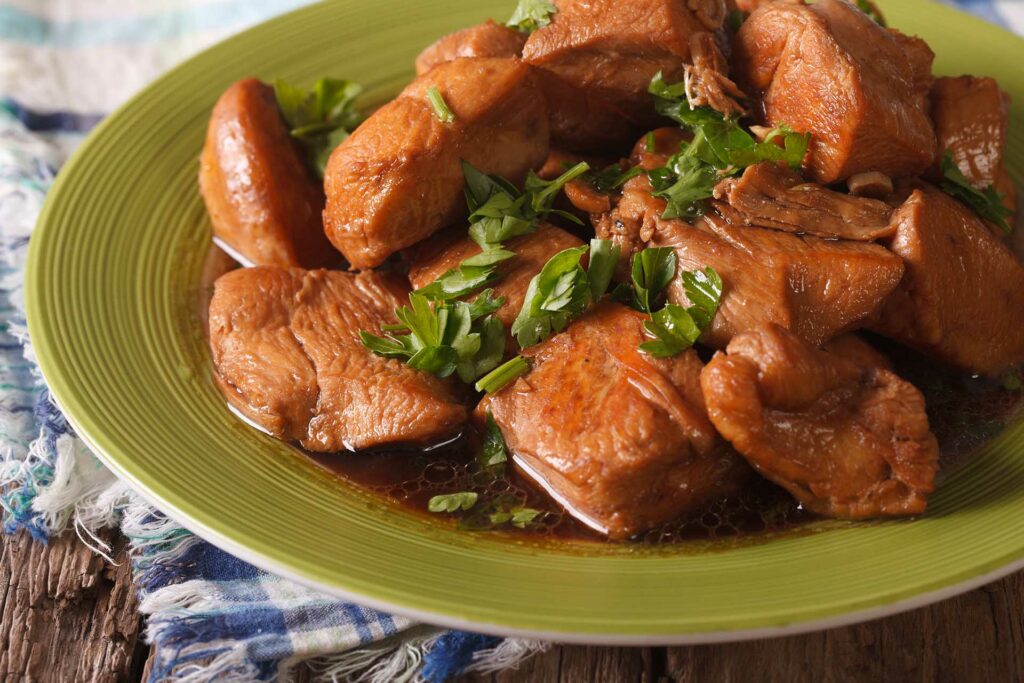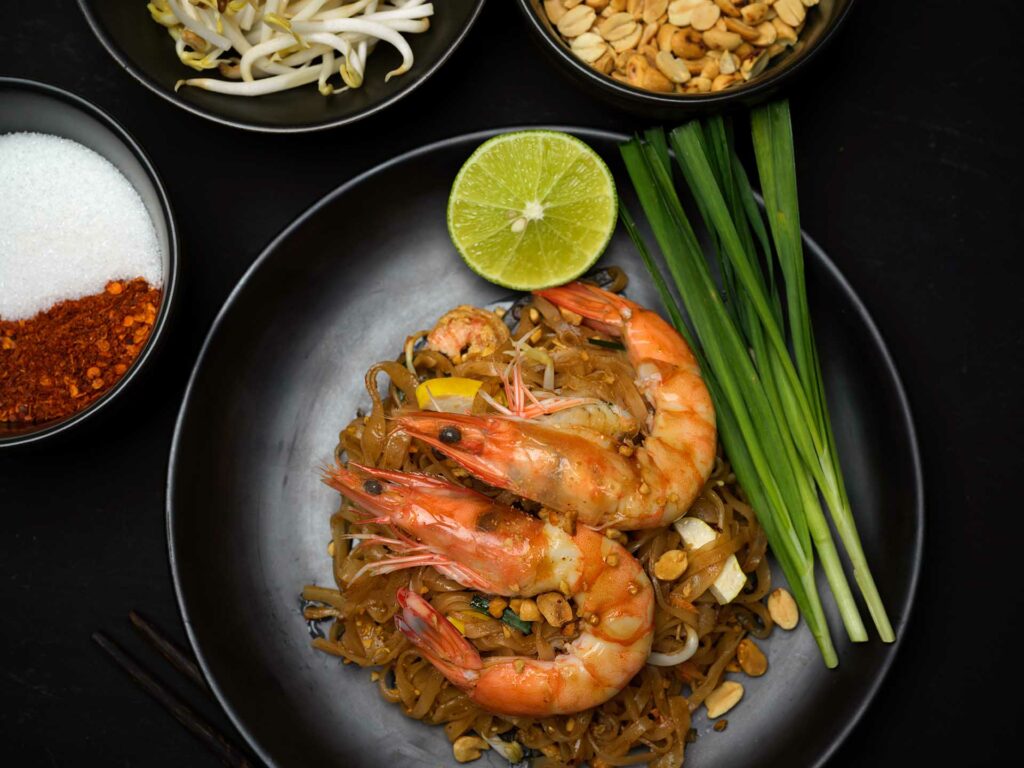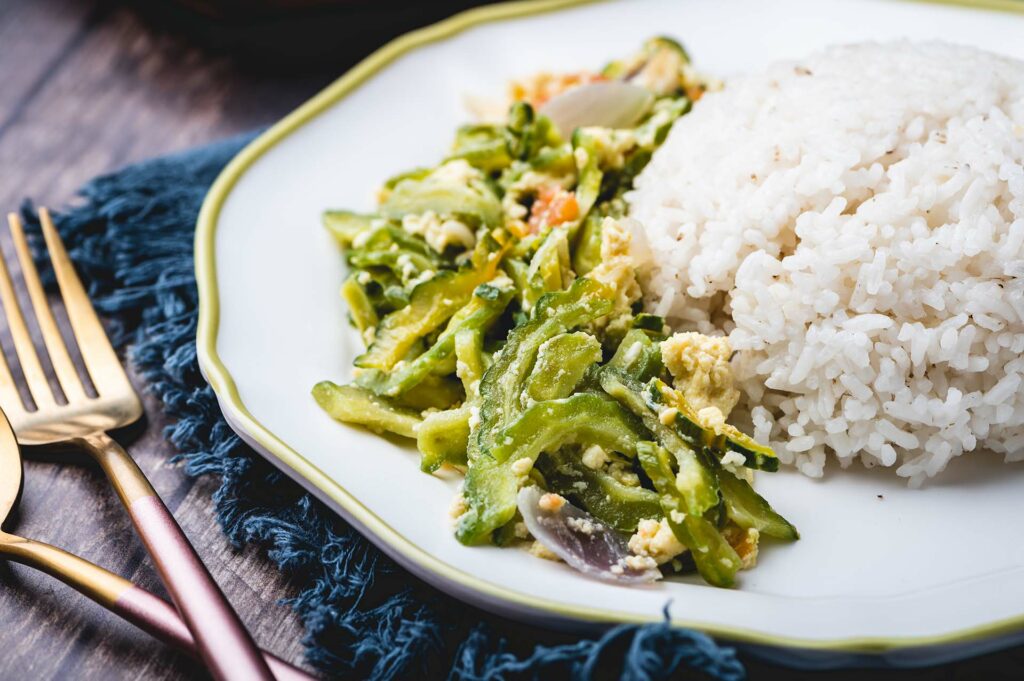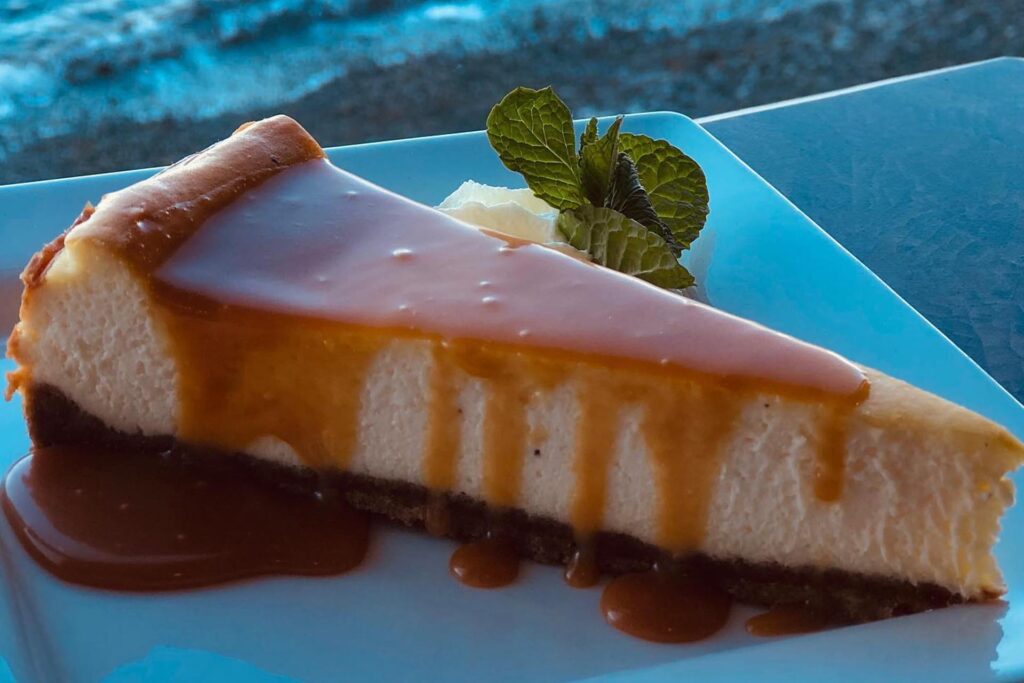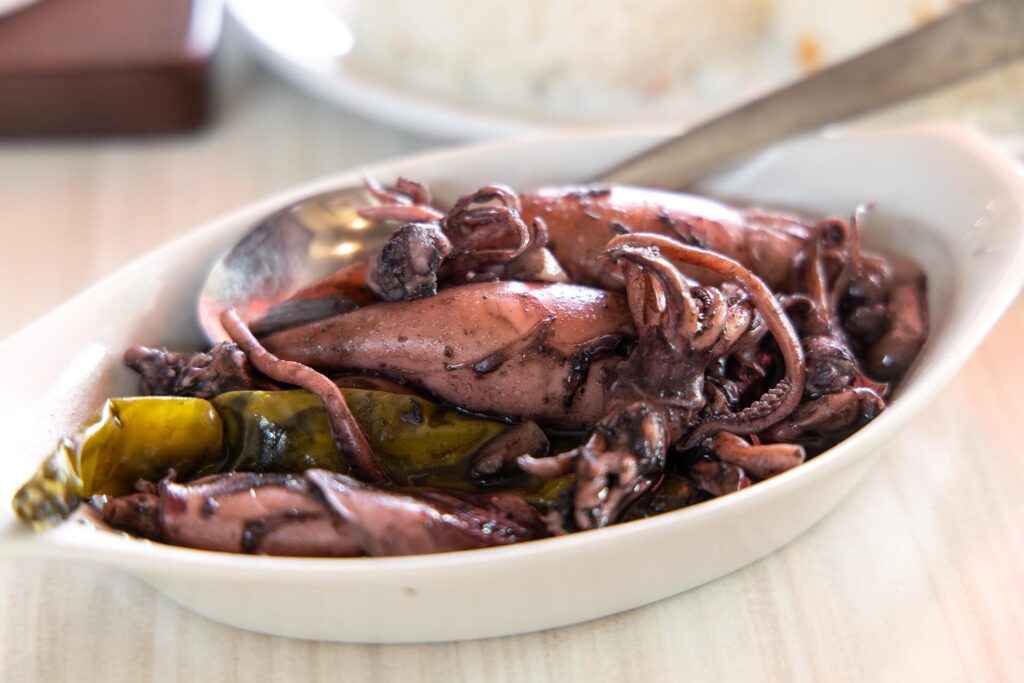Do you adore food and have a keen eye for snapping pictures? If so, you’re in the perfect spot! This guide is here to help you learn how to make your food pictures look as yummy and fancy as those in Michelin-starred restaurants. We’ll dive into the magic of plating, snap photos with awesome lighting, and add some nifty touches to make your food pictures pop!
Snap and Savor: How Photography Brings Food to Life
First, think about when you look at pictures of food. Have you ever seen a picture that makes you go, “I need to eat that right now!”? That’s the power of a great photo! Photography helps to catch all the cool details, like the shine on a cherry or the steam coming from a bowl of soup. It makes the food look so real and tasty that you wish you could grab it right out of the picture!
Now, think about how important this is for restaurants or anyone who wants to show off their cooking. When people see amazing photos of the dishes, they will want to try them! This means more happy customers.
Plus, great photos help to tell a story. They can show how much love and effort went into making the dish. This makes people feel all warm and fuzzy inside.
The Art of Plating and Food Photography: Secrets from Michelin-Starred Kitchens
So, how can you take awesome food photos that make all the difference? Here are a few simple tips.
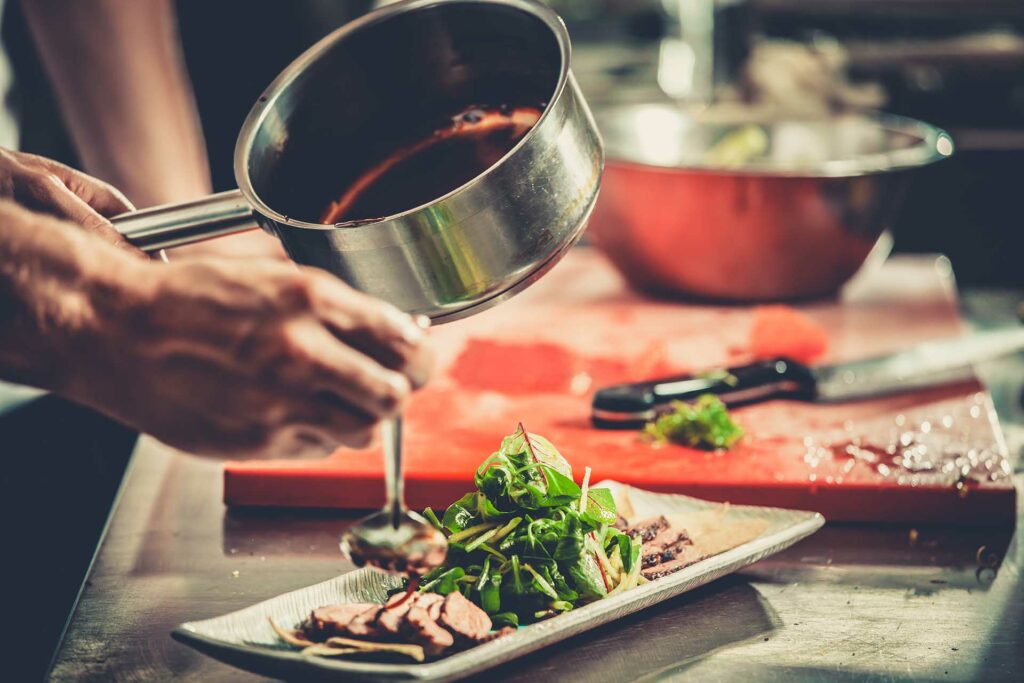
The Art of Plating
When chefs plate food, they’re like artists painting on a canvas. They use color, texture, and arrangement to make the plate a feast for the eyes. Let’s break it down:
The role of color, texture, and arrangement in plating.
- Using different colors can make the dish vibrant: Think of a salad – the greens, reds, and yellows all together look so fresh!
- Texture is also important: Crunchy, soft, and smooth – having different textures keeps the eyes interested. Lastly, how you arrange the food matters. You don’t want it all in a heap. Space it out and create patterns!
- Techniques for creating visually appealing and balanced plates: Use odd numbers. Seriously, things in threes or fives tend to look better. Also, think about balance. Don’t have all the heavy stuff on one side. Spread it out so the plate looks evenly filled.
Lighting Techniques for Captivating Food Photos
Good lighting can change everything! Here’s how to make the best of it:
- Utilizing artificial lighting to enhance food presentation: Sometimes the sun just won’t cooperate. No worries, you can use lamps to get the lighting just right. Adjustable ones are great for moving around till you get the perfect shot.
- Tips for diffusing and manipulating light to create desired effects: You don’t want your lights too harsh. Use white paper or fabric as a shield to soften it. Play around with moving the lights closer or farther until it’s perfect.
Styling Food for Stunning Visuals
Let’s make your dish look like a star!
- Selecting appropriate props, backgrounds, and surfaces: Choose stuff that makes your food stand out. A red apple on a red plate? Not so much. But on a white plate? Wow! Also, use simple backgrounds. You want your food to be the star.
- Enhancing food presentation through garnishes and sauces: A little green garnish or a swirl of sauce can make a dish go from “Yum!” to “Wow, I need to eat that NOW!”
- Creating dynamic and engaging food compositions: Think about how the food flows on the plate. Lead the eye on a tasty journey around the dish.
Secrets from Michelin-Starred Restaurants
Michelin-starred chefs are like food wizards. Here are some insider tips:
- They think about all the senses: It’s not just how the food looks, but also how it smells and sounds. Yes, sounds! The crunch of fresh veggies can make a dish more exciting.
- They keep it simple: Sometimes building up can create an awesome tower of tastiness. Too many things on a plate can be confusing. They focus on a few great flavors and make them shine.
- Be clean and precise: Messy doesn’t make for good photos. A clean kitchen and a clean plate make for the best photos. Chefs wipe the plate to make sure there are no smudges.
Post-Processing and Editing Tips
Now, let’s give your photos some extra zing!
- Enhancing colors, adjusting exposure, and sharpening images: Play around with making colors a bit brighter, lightening up shadows, and making the picture crisp.
- Maintaining authenticity while enhancing the visual appeal of food photos: Don’t go too wild with the editing. Keep it real, but just the best version of real.
- A handy tool to use is a background remover: This helps you get rid of any clutter in the background without much hassle.
Final Thoughts
You’ve made it to the end, food photo champ! Now you’ve got a treasure chest of tips and tricks to make your food photos dazzle. From mastering the art of plating, making the most of lighting, to styling your food like the stars, you’re all set. Don’t forget the wisdom from Michelin-starred kitchens and those nifty editing tips.
Remember, practice makes perfect. Don’t be afraid to try new things and learn as you go. Have fun, be creative and happy snapping! Your food photos are going to make everyone’s tummies rumble.
